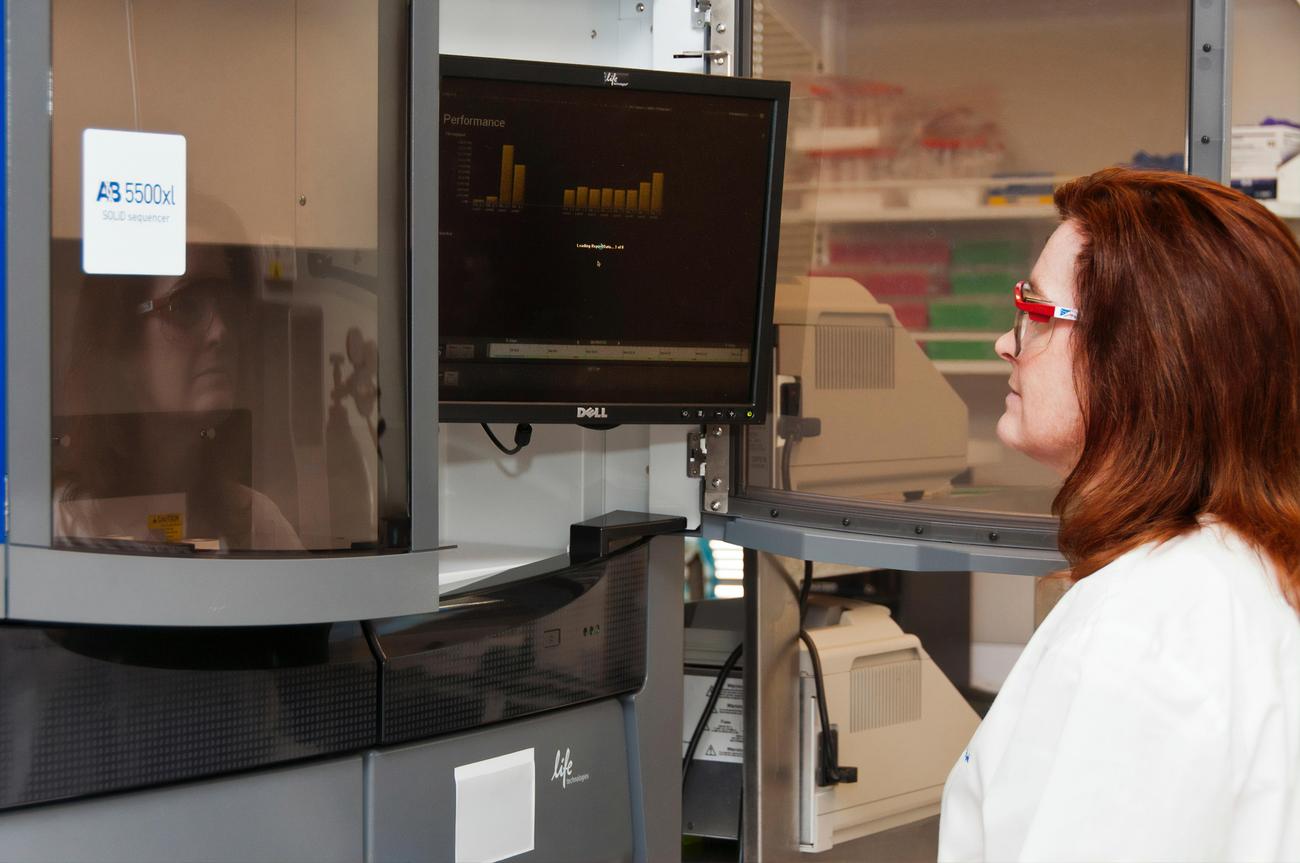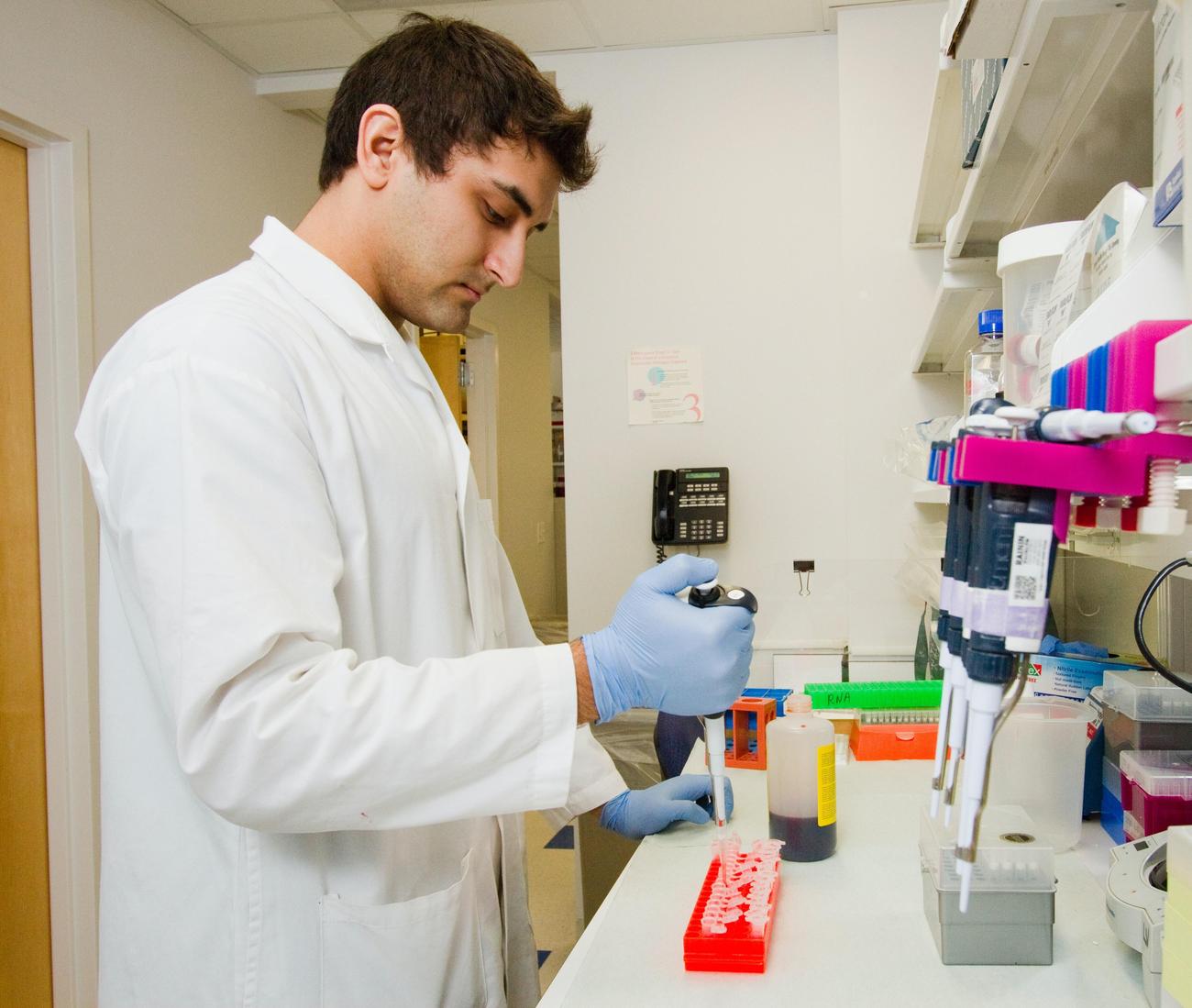In the world of phlebotomy, understanding the significance of tube colors is essential for accurate and reliable test results. When it comes to drawing blood samples, different colored tubes play a crucial role in determining which specific tests will be performed. As a highly experienced phlebotomist, I have witnessed firsthand the importance of correctly selecting the appropriate tube for each test. In this article, titled Understanding Tube Colors in Phlebotomy Tests, we will delve into the fascinating world of phlebotomy and explore the correlation between tube color and the tests performed in this intricate field.

What Color Tubes Are Used for Which Tests in Phlebotomy
Phlebotomy, the process of collecting blood samples for diagnostic testing, relies on color-coded tubes to indicate the specific tests to be performed. Each color represents a different additive or requirement necessary for accurate testing. Understanding the correlation between tube color and the tests performed can greatly enhance efficiency and accuracy in the phlebotomy process. In this article, we will explore the significance of tube colors and their associated tests, shedding light on the importance of proper tube selection in phlebotomy.
Yellow Tubes: DNA Studies and HIV Cultures
Let’s start with the yellow tubes. These tubes are specifically used for DNA studies and HIV cultures. The solution within yellow tubes typically consists of citric acid, dextrose, and trisodium citrate. These additives help stabilize the DNA and prevent clotting, ensuring accurate test results. It is crucial to remember that yellow tubes are solely reserved for DNA studies and HIV cultures. Using them for other tests can compromise the integrity of the sample and lead to misleading results.
Quote: “Yellow tubes, with their specific additives, are vital for preserving DNA integrity in studies as well as detecting HIV accurately.”
Tan Tubes: Lead Level Tests
Moving on, we have tan tubes, which are used specifically for lead level tests. These tubes contain an additive that helps bind and preserve lead ions present in the blood. By using tan tubes for lead level tests, phlebotomists can ensure accurate measurement of lead in a patient’s blood. It is important to note that tan tubes should not be used for any other tests, as their purpose is exclusively for lead level analysis.
Quote: “When it comes to detecting lead levels accurately, tan tubes play a pivotal role by preserving lead ions for precise analysis.”
Lavender/Purple Tubes: EDTA for Coagulation Blockage
Next, let’s discuss lavender or purple tubes. These tubes are designated for draws that require the use of ethylenediaminetetraacetic acid (EDTA) to bind calcium ions and block coagulation. The purpose of EDTA is to maintain the blood sample in its liquid state and prevent the formation of clots. Lavender or purple tubes are commonly used for hematology tests, blood cell counts, and blood typing. Remember, using these tubes for tests that don’t require EDTA can interfere with accurate results.
Quote: “Lavender or purple tubes, with their EDTA additive, are a staple in hematology testing, ensuring accurate results by blocking coagulation.”
Green Tubes: Heparin to Prevent Clotting
Moving along, we have green tubes. These tubes are used for draws that require heparin as an additive to prevent clotting. Heparin is an anticoagulant that inhibits the formation of blood clots during the collection process. Green tubes are commonly used for tests such as arterial blood gas analysis. Remember, using green tubes for tests that don’t require heparin can lead to inaccurate results.
Quote: “Green tubes, with their heparin additive, play a crucial role in preventing clotting during tests such as arterial blood gas analysis.”
Red Tubes: No Additives Required
Now we come to the red tubes. Unlike other tubes, red tubes do not require any additives. They are used for draws that solely depend on the natural coagulation process of blood. Common tests performed with red tubes include blood chemistry panels and blood typing. It is important to use red tubes only when no additives are necessary for the specific test being conducted.
Quote: “Red tubes, without any additives involved, are used when relying solely on the natural coagulation process of blood for accurate testing.”
Light Blue Tubes: Sodium Citrate for Clot Prevention
Lastly, we have light blue tubes. These tubes are used for draws that require sodium citrate to prevent clotting. Sodium citrate is an anticoagulant that binds calcium ions, inhibiting blood coagulation. Light blue tubes are commonly used for tests like prothrombin time (PT), activated partial thromboplastin time (aPTT), and coagulation factor assays. Remember, using light blue tubes for tests that don’t require sodium citrate can result in inaccurate coagulation profiles.
Quote: “Light blue tubes, with their sodium citrate additive, are essential for preventing blood coagulation during tests such as PT, aPTT, and coagulation factor assays.”
In conclusion, understanding the color-coded tubes used for different tests in phlebotomy is crucial for accurate results. Each tube color represents a specific additive or requirement necessary for the intended test. By adhering to proper tube selection, phlebotomists can ensure the integrity of blood samples and contribute to reliable diagnoses. Remember, each color has a unique purpose, and deviating from the prescribed usage can compromise the accuracy of test results. So, next time you see a color-coded tube, appreciate the significance it holds in the world of phlebotomy.
Quote: “Proper tube selection in phlebotomy is the key to accurate test results. By understanding the significance of each color, we can ensure reliable diagnoses and patient care.”
Phlebotomy, the practice of drawing blood from patients, is an essential skill in the medical field. Are you curious about the fascinating facts surrounding this important procedure? If so, we invite you to explore our comprehensive guide on the facts about phlebotomy. From the history of phlebotomy to its current applications in healthcare, our article covers it all. To delve deeper into this intriguing topic, click here: facts about phlebotomy
The order of draw and additives in blood collection is a crucial aspect of patient care. In this video lesson, we will explore the importance of proper order of draw and the consequences of not following it.
[youtube v=”mAmwdDdbkUI”]
Before we delve into the topic, let me introduce myself. My name is Eddie Watson, and I will be presenting this lesson. To stay updated with our videos, make sure to subscribe to our channel and hit the bell icon for notifications.
Let’s start this lesson with a question. Do you know the proper order of draw? Share your thoughts in the comment section below, and we’ll check your answer at the end of the video.
The order of draw is vital when it comes to blood sampling and sending samples to the lab for analysis. If the order is not followed correctly, additives from one tube can contaminate another, leading to inaccurate results and potentially misdiagnosis. Therefore, it is crucial to understand and maintain the proper order of draw.
To help you remember the order of draw, I will go through each type of sampling tube and bottle, explaining their additives and purpose. Finally, I will provide you with a useful acronym to aid your memory.
Let’s begin with blood cultures. These are sterile collections of blood samples used to identify bacteria. Blood culture bottles vary across different facilities, but they generally consist of aerobic and anaerobic bottles. The correct order of draw for blood cultures is to start with the aerobic bottle to minimize the risk of contamination. Then, proceed with the anaerobic bottle.
Moving on to lab blood collection tubes, let’s start with the light blue tube. This tube is used for coagulation testing, such as PT, INR, and PTT. It contains sodium citrate, which binds with calcium to prevent clot formation. It is crucial to fill the tube to a defined line with the correct ratio of sodium citrate to blood.
Next, we have the red top tube, which is primarily used for chemistry panels and obtaining serum after clot formation. It may contain a clot activator to aid clot formation.
The gold or SST (serum separator tube) is another option for chemistry panels. It contains a gel that separates cells from serum, which is the liquid portion of blood without clotting factors. This tube is commonly used for send-out tests and antigen-antibody checks.
Now, let’s discuss the green top tube. This versatile tube is used for a wide range of chemistry tests, including cardiac markers like troponin. Some tests require the tube to be immediately placed on ice to preserve the sample’s integrity.
The purple top tube is the hematology tube used for complete blood count (CBC) tests, measuring white count, hemoglobin, and platelets.
It is worth mentioning that certain tubes may have specific names like plasma separating tubes (PST) or tiger top tubes. These tubes have different additives and purposes, but they serve similar functions as the aforementioned tubes.
In conclusion, the order of draw and additives in blood collection play a crucial role in ensuring accurate test results and proper patient care. By following the proper order, we can prevent cross-contamination, misdiagnosis, and ensure timely and effective treatment.
Now, let’s revisit the question from the beginning. Did you correctly identify the proper order of draw? Share your answer in the comment section and see how close you were. Thank you for watching this lesson, and stay tuned for more informative videos from ICU Advantage.

FAQ
Question 1
What are the yellow tubes used for in phlebotomy?
Answer 1
Yellow tubes in phlebotomy are used for DNA studies and HIV cultures. The solution contained in these tubes typically consists of citric acid, dextrose, and trisodium citrate.
Question 2
What type of tests are tan tubes used for in phlebotomy?
Answer 2
Tan tubes in phlebotomy are used for lead level tests. These tests help determine the amount of lead in a person’s bloodstream.
Question 3
Why are lavender/purple tubes used in phlebotomy?
Answer 3
Lavender/purple tubes are used in phlebotomy for draws that require the use of ethylenediaminetetraacetic acid (EDTA). This additive binds calcium ions and blocks coagulation during testing.
Question 4
What are green tubes used for in phlebotomy?
Answer 4
Green tubes in phlebotomy are used for draws that require heparin. Heparin is used as an additive to prevent clotting during testing.
Question 5
What types of tests are performed using red tubes in phlebotomy?
Answer 5
Red tubes in phlebotomy are used for draws that do not require any additives. These tubes are typically used for general blood testing, such as complete blood counts (CBC) or blood chemistry tests.
Question 6
What are the purposes of using light blue tubes in phlebotomy?
Answer 6
Light blue tubes in phlebotomy are used for draws that require sodium citrate. Sodium citrate is used as an additive to prevent clotting during coagulation studies and other tests that require the blood to be in a liquid state.
- Revolution Space: Disruptive Ion Propulsion Transforming Satellites - April 24, 2025
- Race Through Space: Fun Family Game for Kids - April 24, 2025
- Unlocking the Universe: reading about stars 6th grade Guide - April 24, 2025
















